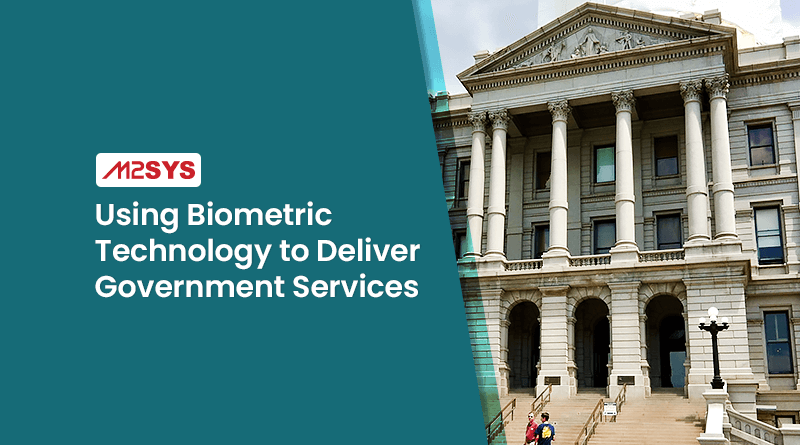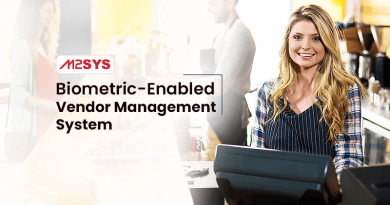Using Biometric Technology to Deliver Government Services
Biometric technology first gained a foothold in government in the late 1800s, when police officers began using fingerprints to identify suspects. Since then, the government has expanded its use to include ID verification for federal employees, travellers, and, in some cases, the average citizen.
Technology has now advanced to the point where it can recognize unique features in the eyes, face, and even the way a person behaves. Government agencies are looking for ways to incorporate those new capabilities and biometric data into identification practices.
Difficult to Forge
For identification and verification, biometric technology utilizes unique human characteristics. Fingerprint, finger vein, and iris recognition are examples of such attributes, as all of these characteristics remain constant throughout a person’s life. Because these are not transferable, few people can spoof the system. As a result, once this technology is integrated into the process of public service distribution, few people can manipulate the data or forge the system. As a result, the delivery of government services will be more equitable.
Transparency In Operations
Transparency is a critical requirement for the governmental sector. Because biometric technology cannot be forged or manipulated, government agencies can obtain accurate information to demonstrate valid data of services distributed and establish system transparency.
Efficiency
A government agency is responsible for providing millions of services to its citizens. Efficiency in distribution is required for proper citizen functions. However, the traditional system needs to improve process efficiency, which used to be lengthy, thus hampering the efficient allocation of services. On the other hand, biometric technology improves operational efficiency in delivering public services. This technology takes less than a minute to determine which method is the quickest and most efficient. Even today, biometric technology is available in portable biometric devices, allowing government agencies to provide service in remote areas while eliminating the legacy system. The police, for example, can perform field-level suspect identification using a portable biometric device, increasing efficiency in the police service.
Accuracy
Regarding the distribution of government services, accuracy is at the top of the priority list, which means that the right person should receive the right service. Biometric technology, which cannot be shared or stolen, produces nearly 100% accurate results. However, the accuracy improves if multimodal biometric technology is used in the process. Multimodal biometrics recognize various biometric attributes, including fingerprint, finger vein, and iris recognition. This eliminates the possibility of fraud and ensures complete accuracy in the process.
Looking ahead
The use of biometric technology for government services is becoming increasingly popular. Many developing countries are now researching the feasibility of implementing biometric technology into their existing systems. This is a significant step toward digitizing government services, and it is more complex than it sounds. Officials face numerous challenges when implementing biometrics, which causes delays in project implementation. The M2SYS’ eGov platform provides everything in one place for the biometric project. From software to hardware, you name it. Contact us today to learn more about our end-to-end biometric technology.












Please send me a proposal to use the technology and to provide Biometrics as a service in one of the industries that needs it most
Thanks for your query. Please contact us via our website contact form or email us directly at sales@m2sys.com